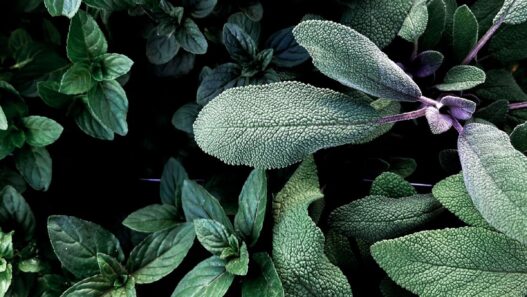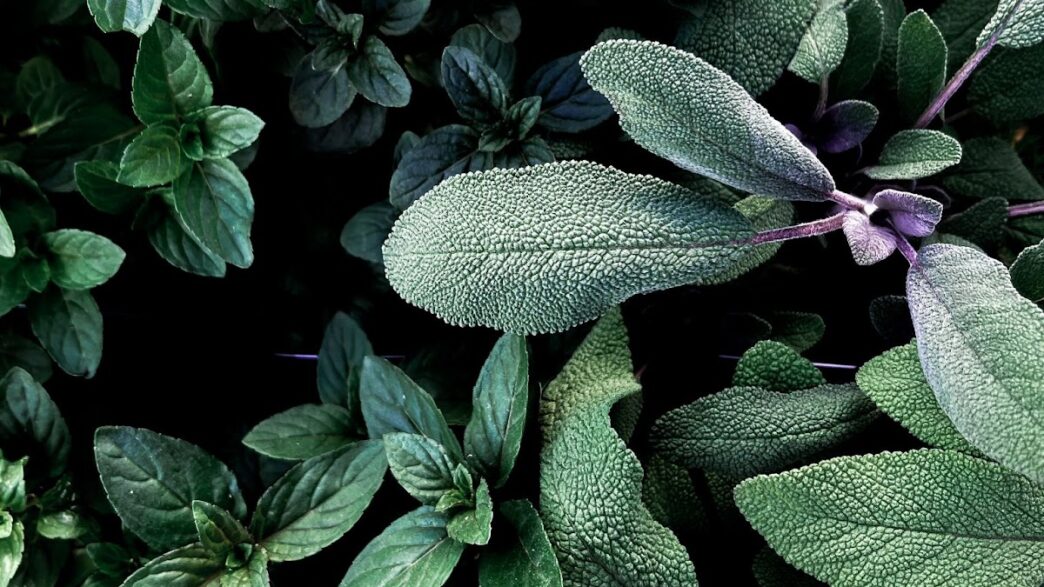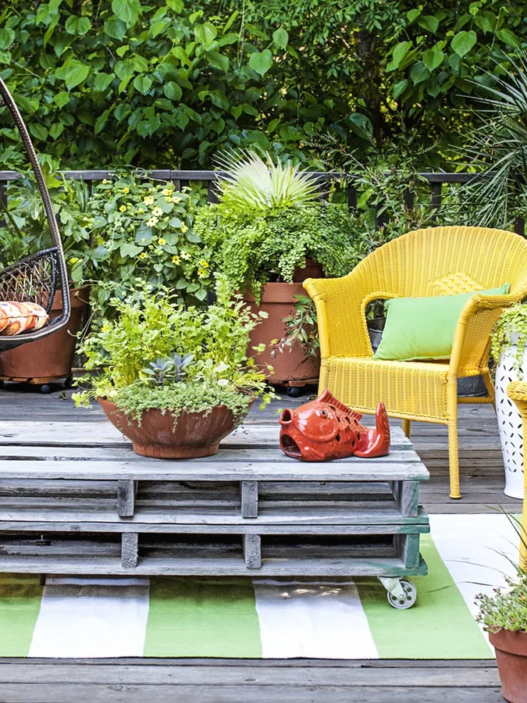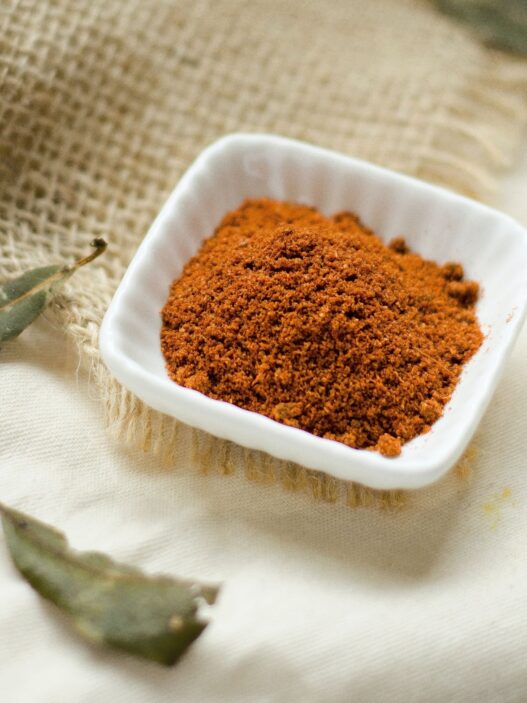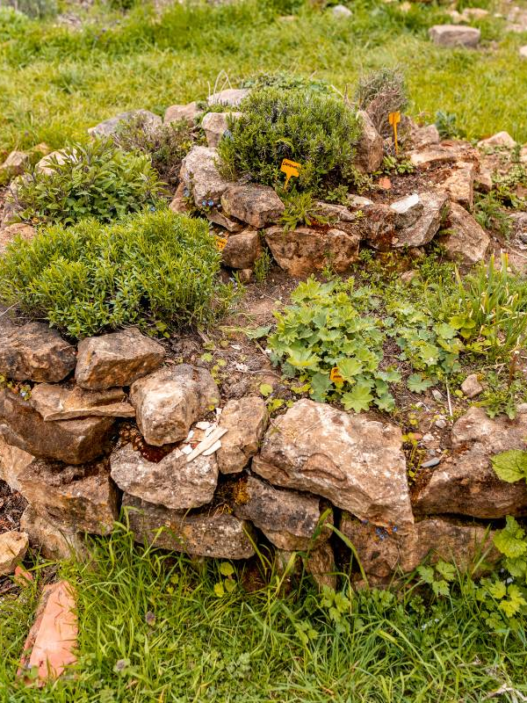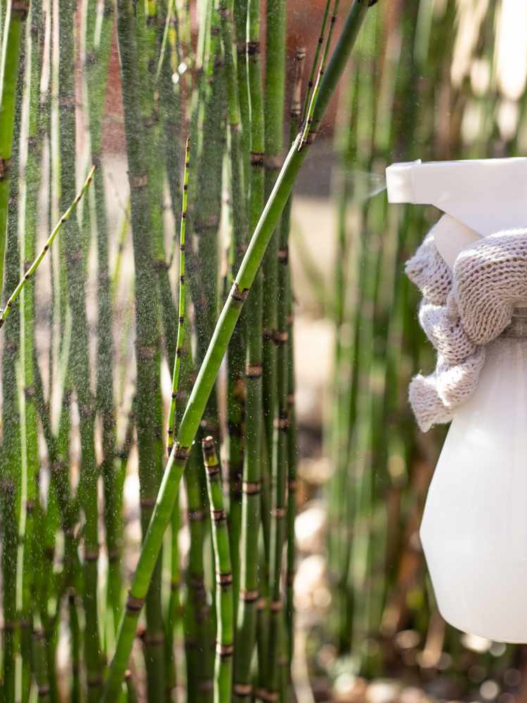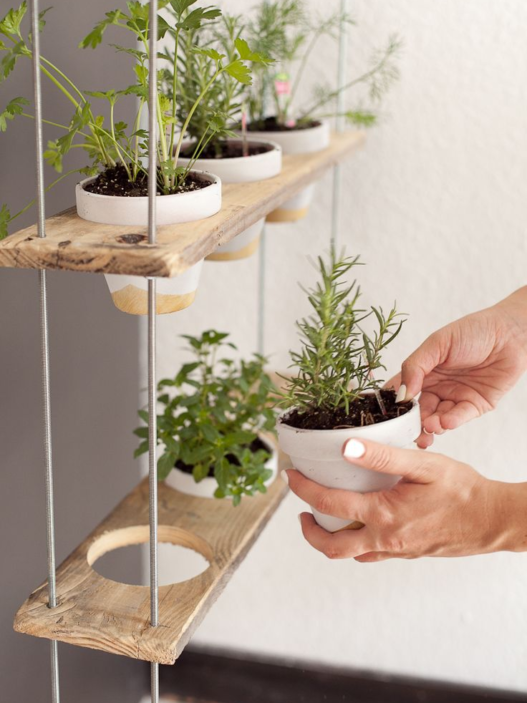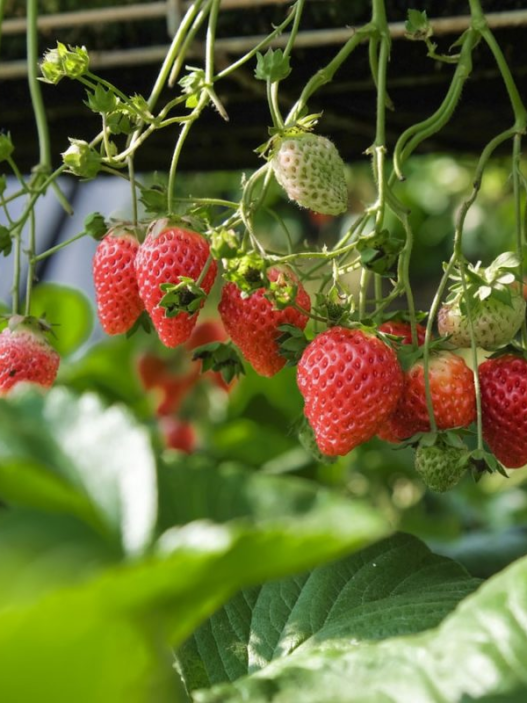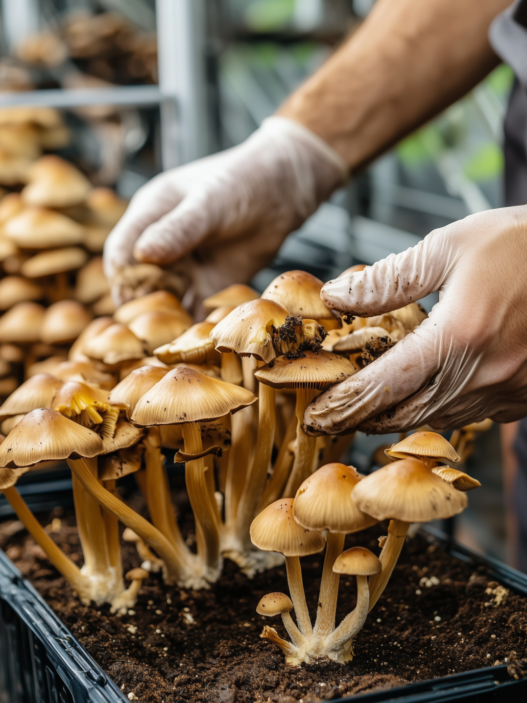You might think of bugs as disgusting creatures, and if you want to use natural ways to keep your garden free of their intrusion, Sage is an excellent flower to repel them. (Learn more about the benefits of companion planting in our article Companion Planting Made Easy)
Sage, a true champion with a captivating fragrance, repels bothersome bugs such as snails, cabbage moths, flea beetles, mosquitos, carrot flies, and chiggers, which could easily destroy your garden and undermine all your hard work.
Get ready and discover with me 6 bugs that Sage repels, and learn how this aromatic wonder naturally safeguards your garden from their unwelcome presence.
Does the smell of sage keep bugs away?

Sage’s effectiveness as an insect repellent lies in its intricate chemical composition. The plant contains a mix of volatile compounds such as terpenes, flavonoids, camphor, and phenolic acids, which collectively create its distinct aroma.
These compounds not only contribute to the herb’s pleasant smell but also play a pivotal role in warding off bugs.
There’s more to this than meets the eye! Sage is also a vital member of the Mint family. The entire lineage shares the same properties that are critical to keep pesky bugs at bay.
That being said, let me unravel the 6 bugs that Sage masterfully repels.
1. Snails
Snails, those slow-moving visitors, might seem harmless, but their appetite for plants can wreak havoc on your garden’s beauty. But don’t worry! Sage steps in as a guardian against these seemingly innocent yet destructive creatures.
You just have to place Sage strategically around your garden, especially near plants like hostas, violets, or ageratum, as snails are particularly fond of these, to discourage their movement.
I also keep crushed or chopped Sage as a mulch around vulnerable plants to enhance the protective effect. As the leaves decompose, they continue to release their scent, which creates an ongoing barrier against snails.
And now, no snails will sneak around and munch on your beloved plants!
2. Cabbage Moths
Cabbage moths are tricky little critters that have a taste for your precious greens, like broccoli, kale, and, of course, cabbage itself. Fortunately, Sage emerges as a natural defender and uses its aromatic charm to keep these pests at bay. Find out more about natural gardening solutions in our post Natural Gardening Solutions Every New Gardener Should Know.
To be more practical, you can create a Sage spray that safeguards your cabbage family plants. First, gather fresh Sage leaves and give them a good wash to remove any dirt or impurities. Now, fill a pot with water and boil it.
Next, add the fresh Sage leaves to the pot and allow them to simmer for approximately 5-10 minutes. Afterward, remove it from the heat and let the Sage-infused water cool down. Finally, strain the mixture into a spray bottle.
When you’re in your garden, simply spray it onto the leaves of your cabbage family plants, which will discourage cabbage moths from settling or causing damage.
Need a pro tip! I always spritz it after rain or heavy watering for an excellent result.
3. Flea Beetles
When it comes to those agile flea beetles that often feast on your plants, Sage comes out to be your garden’s secret weapon. If you’re ready to outsmart these speedy critters, Sage companion planting is your best bet!
When you plant Sage alongside rosemary, thyme, or nasturtiums, its prowess elevates to keep these annoying flea beetles away. Basically, this strategy operates on the principle that certain plants possess natural pest-deterring qualities that can be enhanced when intermingled.
4. Mosquitos
Mosquitoes are notorious, persistent creatures that can turn your life upside down with their tiny yet itchy bites, But they bite the dust against Sage.
I usually make Sage-infused candles to illuminate my space and ward off those bothersome bloodsuckers. Yup, you can do the same!

Start by gently melting the soy wax in a microwave-safe container until it’s completely liquid. I also add a few drops of Sage essential oil to infuse a stronger repellent effect. Once it’s melted, put in the crushed dried Sage leaves.
Now, pour the melted wax into a mold and secure a wick in the middle. Next up, allow it to solidify. As it cools, the wax locks in the Sage’s protective scent. Finally, trim the wick to a quarter-inch above the surface.
And that’s it; your Sage-infused candle is ready to unleash its magic. So, when you light it, the scent deters mosquitoes from invading your space.
5. Carrot Flies
Carrot flies might be small, but their ability to ruin your carrot crop is nothing to scoff at. Thankfully, Sage uses its aromatic prowess to give them a one-way ticket out of your garden.
If you’re starting your garden from scratch, check out our guide on How to Make a Seed Starting Soil Mix.
You just have to infuse the soil with the power of Sage. When your soil is ready for planting, sprinkle the crushed leaves evenly across the top layer. With a gentle mixing using a garden fork or rake, blend them into the soil and ensure they’re distributed throughout.
Now comes the carrot planting part. Follow the planting depth and spacing for your carrot variety. As your vegetable takes root and grows, the Sage-infused soil works its magic behind the scenes.
Carrot flies, upon encountering the Sage’s aroma, find the environment less appealing for egg-laying and go somewhere else to get their business done!
6. Chiggers
Chiggers are those minuscule nuisances that can turn a pleasant outdoor experience into an itchy ordeal but are no match for Sage’s natural defense.
My favorite strategy is to keep chigger bites at bay with Sage-infused lotions. To start, place dried Sage leaves in a jar and cover them completely with any carrier oil. Now, seal it and let it sit under the sun for around a week.
This allows the oil to absorb the essence of the Sage. Once the infusion period is over, strain the oil to remove the leaves. Now, mix it with an unscented lotion or cream.
Just make sure to maintain a ratio of roughly 1 part infused oil to 4 parts lotion. When I am about to venture outdoors, I apply the Sage-infused lotion generously to exposed skin areas and relish the adventure to the fullest!
Wrapping Up!
And here it’s done and dusted – a guide to explain the 6 bugs that Sage repels. Its aromatic prowess, powered by compounds, creates a scent that pests simply can’t stand.
Whether it’s snails, cabbage moths, flea beetles, mosquitoes, chiggers, or carrot flies, Sage helps you not only enhance the aesthetics of your surroundings but also foster a tranquil haven where bugs think twice before encroaching.
